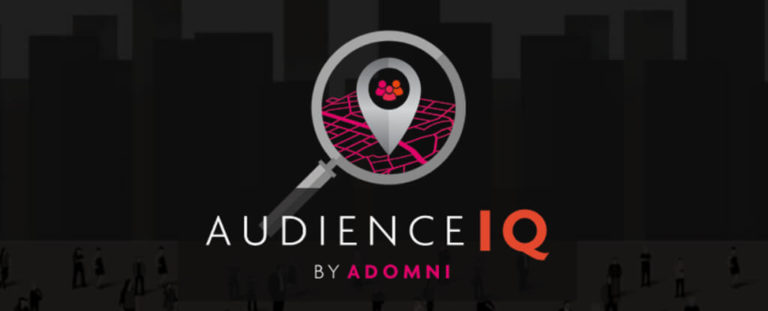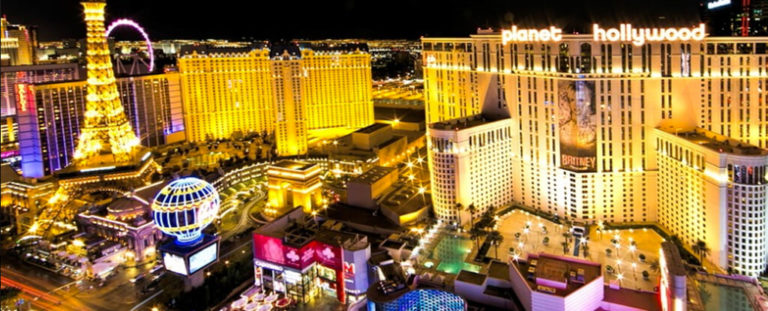Static vs traditional programmatic out of home
Published: October 24, 2019
Will there always be a place in out of home for traditional media? Vinyl wraps, trivisions and posters were the cornerstones of the industry, and perhaps still are since they vastly outnumber digital screens. This media may be sticking around for a while, but how it’s purchased may change.
What does traditional out of home media look like on the programmatic spectrum? Could it be bought online and accessed by anyone in the world? Would it be embraced the same way digital out of home has been?
The current static/traditional billboard buys come from person to person contact. An advertiser or agency contacts an outdoor advertising company for rates and locations. A contract is signed and the creative is designed by the advertiser or billboard company. The billboard is printed and installed. After the term of the contract, the advertiser may be contacted to renew their location. This is how traditional out of home media has been bought for the better half of a century. Could it be done without human interaction?
What would programmatic buying of traditional OOH look like?

An advertiser or agency would search available static locations through a supply-side programmatic company like Adomni. Searching inventory across the US or even worldwide, selecting as few or as many locations as needed. With locations selected, they finalize the campaign plan and upload their artwork.

The artwork would be inspected and printed to fit the advertiser’s desired location(s). After printing, the ad would be installed onto the location, most likely by each individual outdoor company.

Upon installation of the advertisement, proof of performance may be requested as they often are through agencies. Since most static/traditional billboards are not equipped with cameras, the POP shots would likely have to be taken by the out of home company.
One benefit of traditional/static billboards being bought programmatically would be access to locations where digital screens are not allowed; such as interstates, where they are banned in some states unless they are used as on-premise signs.
There isn’t a demand-side programmatic platform that offers traditional media currently, however, at least one of the larger billboard companies do list their static inventory programmatically. This means you’re only able to buy that company’s locations, not anyone else’s, limiting the markets advertisers can choose from.
The digital out of home industry is shifting to programmatic – but will the technology and process work for traditional/static billboards? The only way we will know is when a programmatic digital out of home DSP such as Adomni takes a stab at integrating static boards into their platform. Until then, traditional out of home will continue to operate as it has.
To get the latest updates on out of home advertising, digital marketing and technology, follow us on:
Or sign up for our newsletter.






